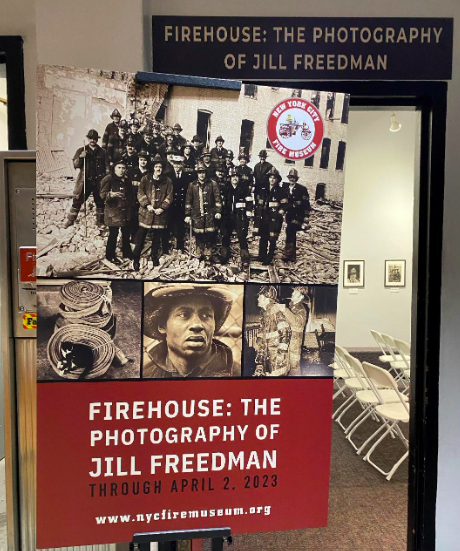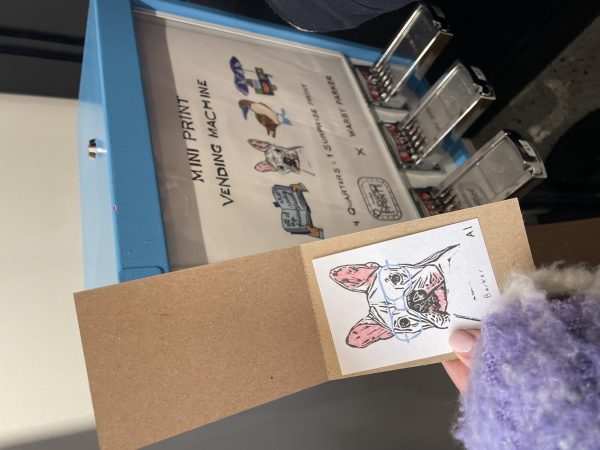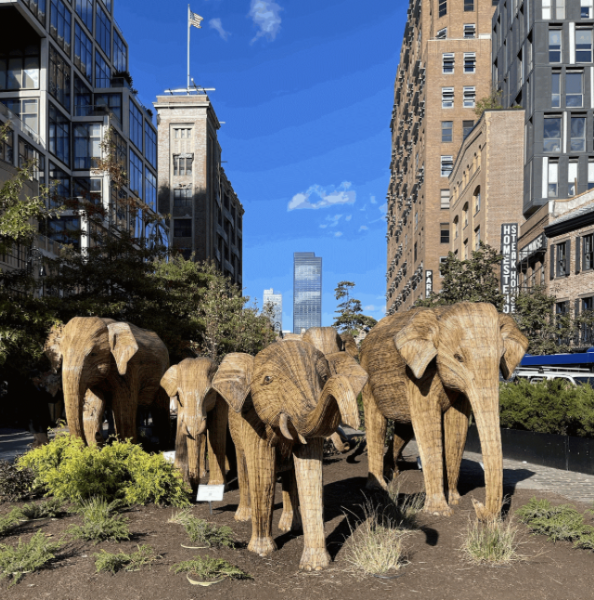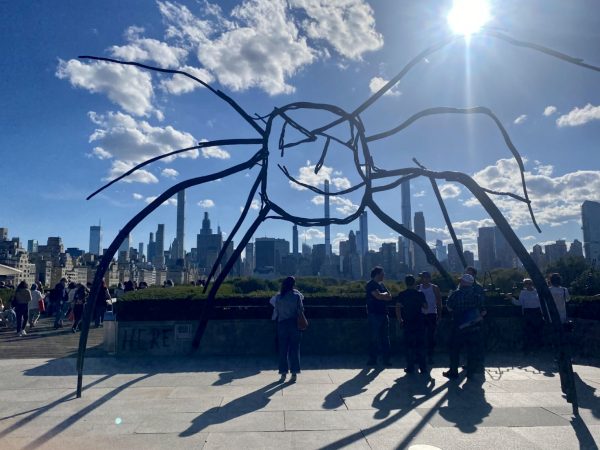Heroism on Display at the NYC Fire Museum

The New York City Fire Museum showcases the heroism of firefighters. (Courtesy of Instagram)
Located in the Hudson Square District of Manhattan, the New York City Fire Museum showcases the heroic history of New York City firefighters, from the days of horse-drawn ladder trucks and steam engines to the first motorized pumpers. It stands in place of the 1904 Firehouse Engine Company No. 30 with an exterior that fittingly resembles a firehouse, with its sturdy brick structure and garage-like doors.
As part of its two-story structure, the museum hosts a number of exhibits commemorating the valor and sacrifice of New York City firefighters. One example is its 9/11 Memorial, which features artifacts and equipment recovered from the wreckage, many still coated by the white dust from the collapse of the Twin Towers. In addition to a memorial wall honoring the 343 firefighters who lost their lives on Sept. 11, 2001, the exhibit includes priceless pieces such as a pew from St. Paul’s Chapel that was physically marked by the equipment of the firefighters when the church was used as a base of operation after the attacks.
Along with these displays and articles, the museum adds to its remarkable collection through a new exhibition entitled, “Firehouse: The Photography of Jill Freedman.” The exhibit pays tribute to the work of acclaimed photographer Jill Freedman, who lived and rode with various fire engines in the 1970s, documenting the everyday lives of FDNY firefighters. It features two rooms dedicated to photographs from Freedman’s 1977 book “Firehouse” as well as a powerful six-minute documentary of Freedman discussing her experiences during the project.
Upon entering the first exhibition room, visitors can view portraits of firefighters and photographs of their activities in the fire stations along the walls while listening to Freeman’s documentary. The second exhibition room is more solemn as visitors quietly walk around the room observing the photographs of firefighters on the job and actively putting out fires.
As Freedman explained in the documentary, the inspiration for her project stems from a childhood dream of becoming a firefighter, a passion that was revived after she captured a photo of a firefighter rescuing a cat. She sought to capture “what kind of guy will risk his neck for someone else’s or run into burning buildings and feel responsible for every stranger who needs help.”
Through the vast collection of black-and-white photos, one cannot help but notice the parallels between the roles of firefighters and combat soldiers — the constant action, the unpredictability of every moment, the exhaustion, the longing to go home. Yet the determination and mettle in their eyes are unmistakable and shine through in each photograph. Freedman’s artistic genius is particularly evident in a photograph titled “E50, South Bronx.” At first glance, the image seems indiscernible as it appears as only black with a few white streaks. However, a closer, more careful look reveals that the light parts of the photo are the headlights of a fire truck, driving in the blackness of night. As Freeman depicts, the heroism and grit of these men are manifested in their willingness to go into the bleakest, dirtiest and darkest places with the primary mission of rescuing and saving lives.
Yet the collection captures an unexplored side of the job of firefighters — one that is rarely seen. Freedman depicts the brotherhood that arises in a job where one’s life depends on the man next to him, “the closeness that grows out of being in combat together.” People of all backgrounds, races and walks of life are seen cooking, dancing and eating together — a stark contrast to the danger and gravity of the job depicted in the other photos. Freedman shows the humanity and heart of these heroes with photographs of them playing with children in the community, playing card games and watching TV.
Jill Freedman’s work strives to capture firefighters as “the antithesis of all the meanness and cruelty you see in the newspaper and the streets.” It is a potent reminder of the need for places like the New York City Fire Museum to inspire younger generations, and remind them of the debt of gratitude they owe to first responders. In the words of the late Jill Freedman, “I saw the only firefights I can respect, fought in the only uniform I like. If men must fight wars, let them fight for life instead of death.”
“Firehouse: The Photography of Jill Freedman” is available for viewing at the New York City Fire Museum through the spring until April 2, 2023.











































































































































































































